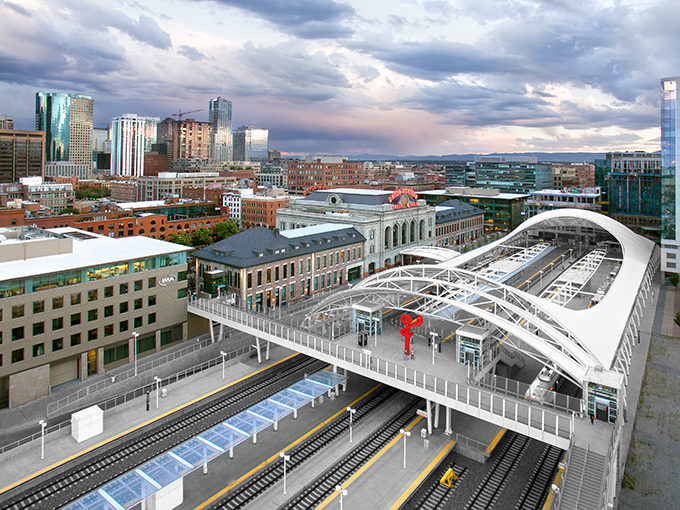
Of all President Trump’s campaign promises, the proposal to invest $1 trillion in infrastructure was one of the few to appeal to Republicans and Democrats alike. That level of spending would have dramatically reversed decades of dwindling public investment in the country’s roads, transit, and utilities. Now that scale of investment is less likely than ever, given the reality of the cuts the President called for in the budget he sent to Congress, and the wrangling over spending that will unfold on Capitol Hill. But all the attention on major infrastructure needs clouded other concerns about the built environment…
Bruce Katz, Centennial Scholar at the Brookings Institution in Washington, has long believed that metropolitan regions are the ones nimble enough to execute real urban innovation. His book, with coauthor Jennifer Bradley, The Metropolitan Revolution, devotes chapters to cities like Denver, where citizens voted to tax themselves to build FasTracks, a light-rail line expansion that is the largest regional transportation initiative in U.S. history. He believes this focus on civic infrastructure is part of a “maturation of cities’ understanding the role that the public, private, and civic sectors have in improving life opportunities.” Rather than create a federal infrastructure plan from the top down, Katz suggests that plans should come from the cities up. “Imagine if cities were able to identify their priority projects, and then we were able to reverseengineer a federal program from there,” he says.